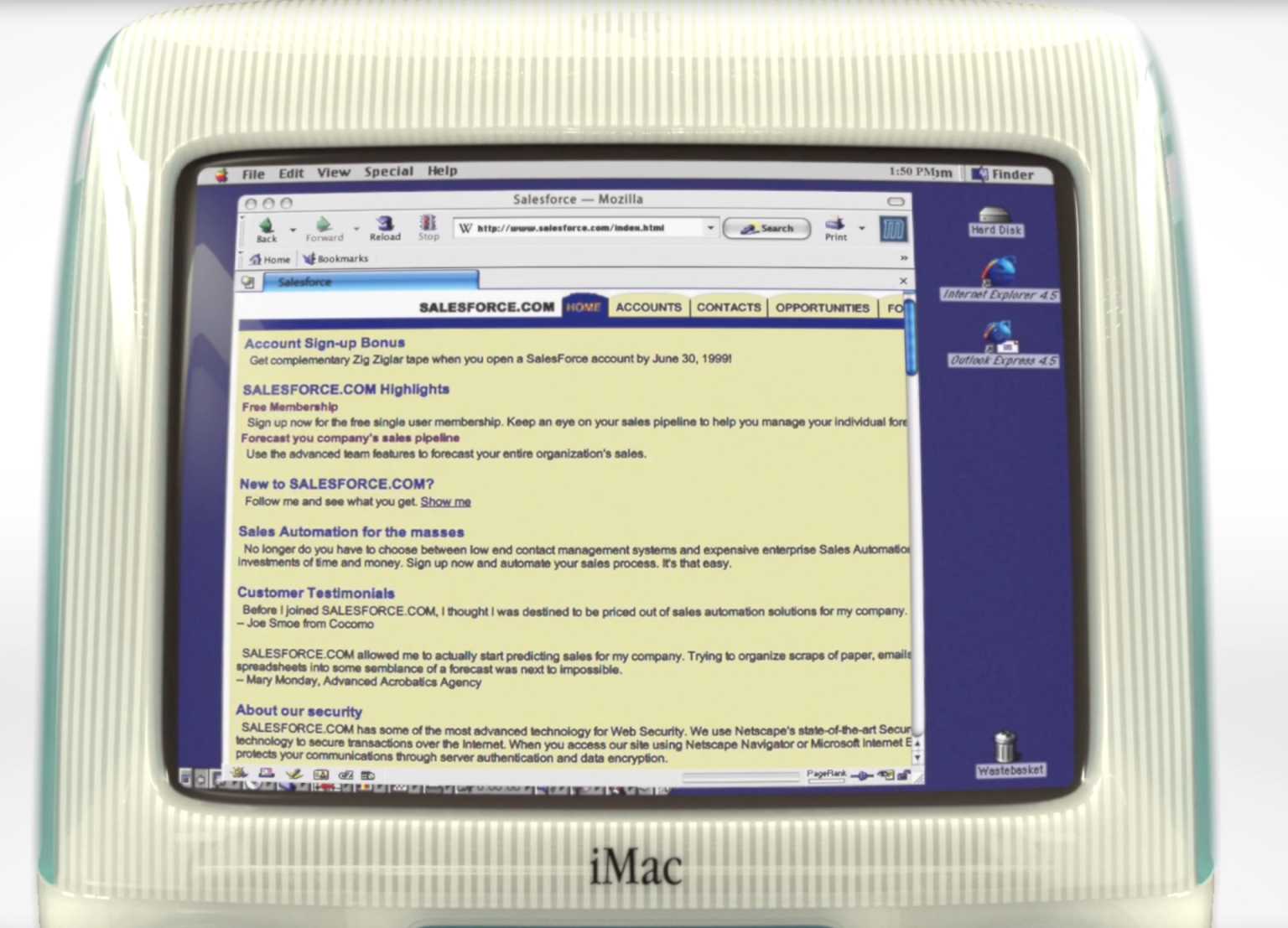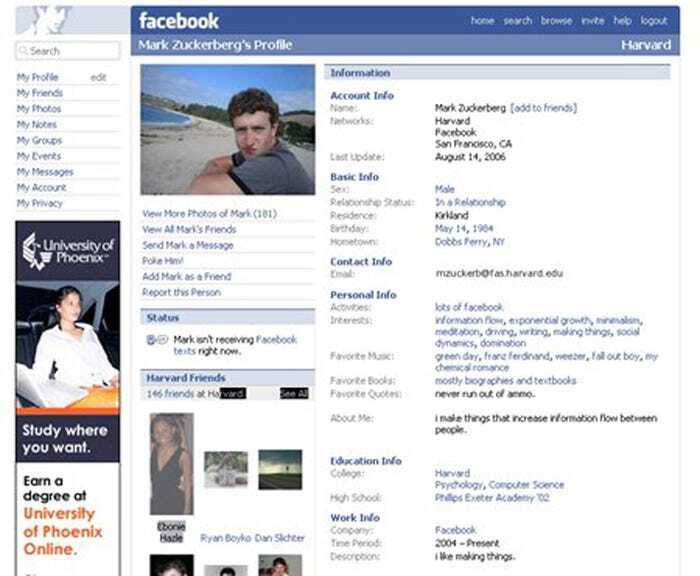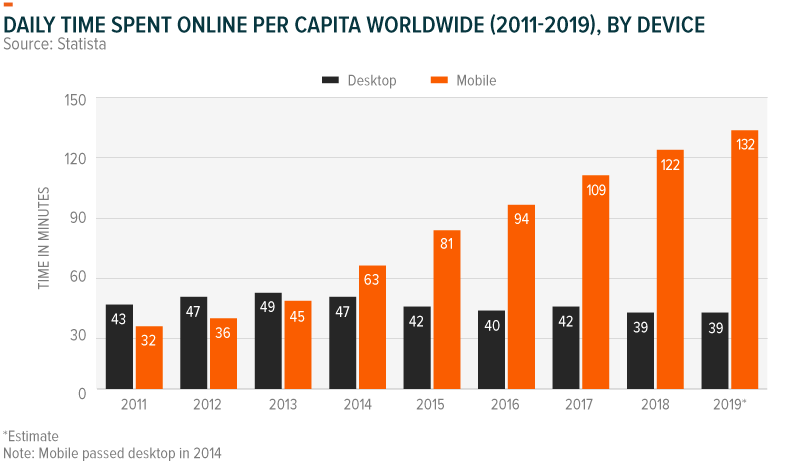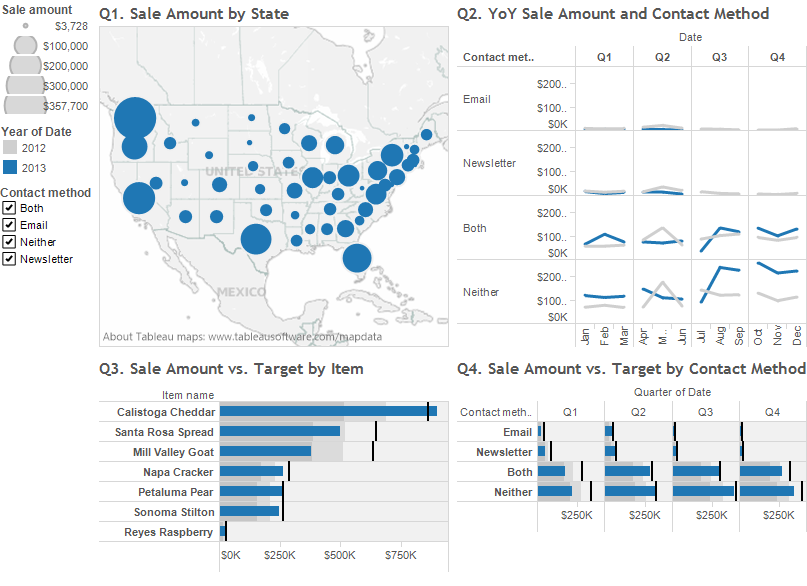As Told By Top Marketing Experts
Marketing analytics have changed immensely over the years. In the past year alone we’ve seen numerous advances in the way marketers approach data and how they use it to make better decisions. With so much change in such short periods of time, we thought it would be a good idea to document some of the most impactful advancements in marketing history. We rounded up a group of marketing, MarTech, demand generation, and business analytics experts to help guide us through the past 20+ years of marketing analytics.
The Experts:
Scott Brinker, VP of Platform Ecosystem, HubSpot
Bart Frischknecht, CEO, Cobomba
David Kirkdorffer, Executive Marketing Consultant
John Wall, Partner, Trust Insights
Heather Quitos, Head of Content, scaleMatters
Dwayne Jones, Director of Demand Generation, VSSL Agency
Carmela Fortin, Director of Demand Generation, Unsupervised
Marketing Analytics Before 2000
The Rise of Digital Marketing
It wasn’t until the late 90’s that digital marketing became common. Prior to that, most web analytics focused on the technical performance of the website, not marketing. When marketers wanted data they had to purchase it and managing it was a manual process.
Executive Marketing Consultant, David Kirkdoffer, reflected back on this time saying, “in the 90’s I was using membership directories (which used to be printed) to get contact details for the target persona and companies I was focused on. There was much more reliance on direct mail, tradeshows, printed newsletters, and print advertising to communicate with prospects. I remember a very successful FAX campaign. Imagine that nowadays!”
Digital marketing really started to take off during the dot-com bubble. However, it was the launch of Salesforce in 1999 and Google Adwords in 2000 when marketing data really started to make an impact.

Marketing Analytics 2000 – 2005
The Transitional Period
“To give credit where credit is due, Salesforce taking the CRM to the cloud really was the beginning of what sparked this much larger MarTech system. We wouldn’t have this explosion of software and data without the cloud,” shares Scott Brinker, VP of Product Ecosystem at Hubspot.
It was the early 2000s when businesses really started to move to more online systems to run their business. Print magazines and newspapers shifted towards digital outlets. Social media made its debut. LinkedIn, Myspace, Facebook, and YouTube all launched before 2005 starting an entirely new marketing avenue. And Search Engine Optimization led to the concept of Search Engine Marketing. This time period from 2000 – 2005 paved the way for marketing analytics as we know them today.
“Banner ads and search-related ads from the late ’90s and early 2000s were crazy because all of a sudden we could start getting granular information on how people were interacting with marketing messaging and content,” Bart Frischknecht, CEO of Cobomba, remembers.

Marketing Analytics 2005 – 2010
The Marketing Automation Explosion
The marketing automation boom of the late 2000s revolutionized the way marketers think about customer data. Eloqua paved the way for marketing automation tools like Marketo, Hubspot, and Pardot all of which help marketers better track and target their customers.
“The ability to capture interactions with marketing campaigns (in marketing automation platforms and website analytics tools) has changed the game for marketing. Before capturing this data, it was difficult to determine whether non-advertising campaigns like your blog, website, or social media activity had any impact on revenue. Now we’re able to better map how potential customers interact with digital content so that we can tailor our campaigns to them,” shares scaleMatters Head of Content, Heather Quitos.
“Cookies and the ability to follow people around the internet made a big impact on paid ads. In a similar vein, the rise of email marketing and the insight into delivery, open, and click rates are huge for marketers. Not to mention, the rise of social platforms created ecosystems that draw huge audiences and have the ability to measure affinity and behavior towards groups, trends, and brands,” says Bart Frischknecht.
Marketing Analytics 2010 – 2015
Big Data & The Internet of Things
It was at this time that the term “Internet of Things” became more mainstream. New smart technology entered the marketplace increasing the types of data that could be collected from consumers. The amount of data marketers now had at their fingertips was growing faster than they could keep up with.

“2013 was known as the year that big data made it to marketing teams,” says Carmela Fortin, Unsupervised’s Director of Demand Generation. “By 2014 marketing felt the great awakening to purchase intent data and attribution (which was the last touch at the time), but there wasn’t solid footing on how to action the data with sales.”
In 2014, mobile surpassed desktop for the amount of time spent online. Tracking and targeting abilities improved and now that digital marketing could reach consumers anywhere, its impact skyrocketed.
“At this time demographic targeting, and tracking was nowhere near where it is today. Watching the remarkable (almost scary) improvements in marketing data regarding the ability to track individuals, then watching it completely swing the other way, giving users more protection and control over their privacy in more recent times has been quite the fun obstacle to overcome,” shares Dwayne Jones, Director of Demand Generation at VSSL Agency.
Marketing Analytics 2015 – 2020
No-Code Solutions & Better Data Visualization
From 2015 through 2020, we really started to see MarTech tools enter the “No Code” movement. Empowering business users to leverage software without the need for coding experience or other more technical skills in order to use the software. The introduction of these types of tools gave marketers more insight and access to their marketing analytics than ever before.
No code solutions really helped marketers become more independent. Marketers could spin up an entire campaign from start to finish leveraging no-code or low-code solutions like Canva for graphic design, Hubspot for automation, and Google Analytics to track success.
“In 2017 we saw the slow evolution of marketing strategists and technologists becoming demand generation managers. Superheroes with MarTech capes that could spin up and manage a data-backed campaign, then bring forward a dashboard and stack chops across all digital channels. Our stack exploded from 150 tools in 2012 to over 3,500 tools in 2017,“ says Carmela Fortin.
As much as these no-code solutions were helping marketers to accomplish more, they did come with their limits when it came to data. Now that marketers had more access to data, the ability to visualize and truly understand what the data is saying became even more important and ultimately required the help of data scientists.
“CRM and Marketing Automation systems have revolutionized the collection and ability to analyze data. But, getting your data in an actionable format is a never-ending battle,” John Wall, Partner at Trust Insights, admits.
Tools like Tableau and Power BI led the march towards better data visualization but the amount of time and resources it took to build the dashboards marketers needed was not small.

“Marketing teams tasked analysts or strategists with creating data-backed plans that were often already out of view by the time it made it to conference rooms. There were long hours on the phone to make sure Excel workbooks were structured in a way that would import,” Carmela Fortin remembers.
Marketing Analytics 2020 – Today
The Need for Agile Marketing
The Covid-19 pandemic forced businesses to adapt in many ways. The digital transformation timeline accelerated by seven years, omnichannel solutions were implemented overnight, and agile marketing became the name of the game. Businesses could no longer wait to react to customer expectations they needed to anticipate it.
Today, marketers are in need of tools that help them understand their data faster. Marketers who have to wait for analytics teams to prep, analyze, and prioritize insights will not be able to keep up with changing customer expectations. Agile marketing requires real-time insights and the only way to get there is with AI. AI-powered automated analytics tools, like Unsupervised, are paving the way for marketers to not only make better decisions but confident decisions without having to wait weeks or months to take action.
The Future of Marketing Analytics
What do you think the future of marketing analytics will look like 5 years from now?
Scott Brinker, VP of Platform Ecosystem, Hubspot
“Tools that will help us deal with the complexity of data we’re working with will be both exciting and incredibly necessary. The trend of empowering general marketers or business users with such analytical sophistication at their fingertips will be incredible.”
“With all the chatter around Metaverse, the real lesson, for me, is that the channels and environments in which marketing is operating are going to continue to change… It will be really exciting to see how we adapt to engage with people in new environments.”
Bart Frischknecht, CEO, Cobomba
“We will see even more industries with the majority of their commercially relevant data for the business being captured in digital channels. This data is much more accessible to marketers compared to sales contracts, store traffic, inventory shipments, traditional media, and out-of-home ad impressions. That traditional activity isn’t going away, but with more search and purchase activity happening online across all industries, a bigger percentage of all business activities are now at a digital marketer’s fingertips. This data is much easier to incorporate into automated and manual marketing decisions, and marketers will be expected to contribute more meaningfully to company strategy and deliver commercial results.”
“We will see the lines blur even more between what is considered marketing data and what is considered business data.”
David Kirkdorffer, Executive Marketing Consultant
“[Marketing data] is always evolving. ML and AI are already starting to be applied to a lot of marketing data. This will only increase over the next five years.”
John Wall, Partner, Trust Insights
“The ability to get actionable insight from your marketing data will continue to get more reliable and closer to real-time across the board.”
Heather Quitos, Head of Content, scaleMatters
“Some marketers focus too much on marketing attribution – which is highly difficult to get right and often creates more headaches and disputes. Use data to focus on how you can improve your conversion rates, not how much revenue you can attribute to your team’s activities.”
“We’ll see marketers move away from marketing attribution reporting and move toward using tools that can help measure engagement, especially in community-based channels (social media, Slack, paid membership groups, etc.).”
Dwayne Jones, Director of Demand Generation, VSSL Agency
“Marketers will need to consider approaching digital advertising differently (almost like it was pre-2000). We’ve gotten so wrapped up in the details and CPLs and ROI that we’ve missed the entire point of digital marketing, which is how targeted you can get?
To put it simply, if you could reach your target audience, would you want to send your brand’s message to them over and over again, even if you couldn’t specifically track ROI? Most marketers will say yes. But we’ve been so caught up in tracking every single click and if a prospect purchased directly after said click. That’s not how things work anymore. People have multiple touchpoints across a variety of devices and communities. The marketers who focus on measuring the complete pipeline instead of focusing solely on attribution will be winning 5 years from now. “
Carmela Fortin, Director of Demand Generation, Unsupervised
“Automated analytics is the future. Marketers want to go from responsive to real-time analysis to be relevant as a business contributor in 5 years. We shouldn’t have Monday morning Marketing standups that result in hours chasing an ad hoc dashboard question. That’s what we were doing 10 years ago. Bringing teams around one analytics voice that is both automated and simple to understand is how businesses will be built to last.”
Ready to bring your marketing analytics into the future? Schedule a time to speak with one of our Unsupervised experts today.








